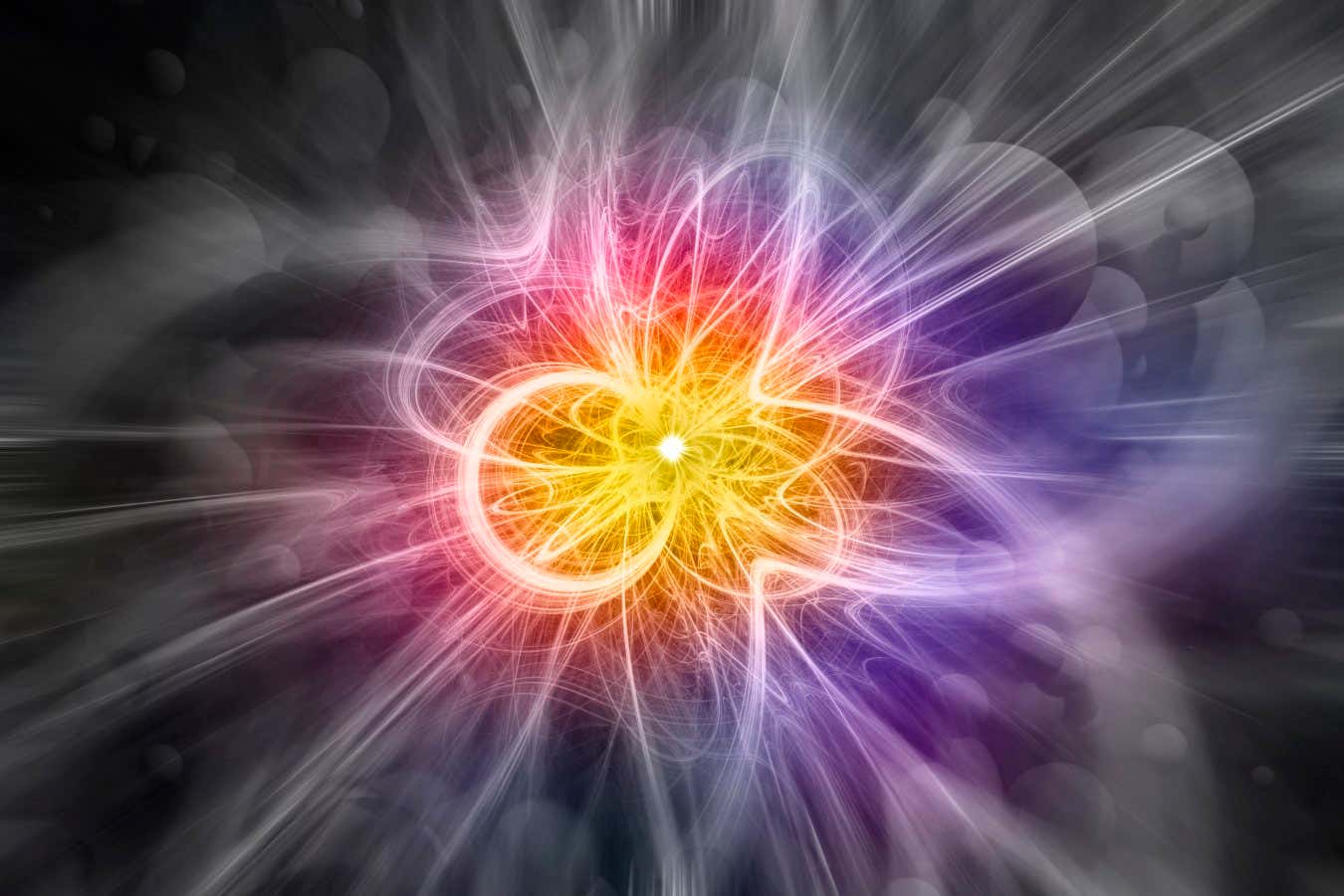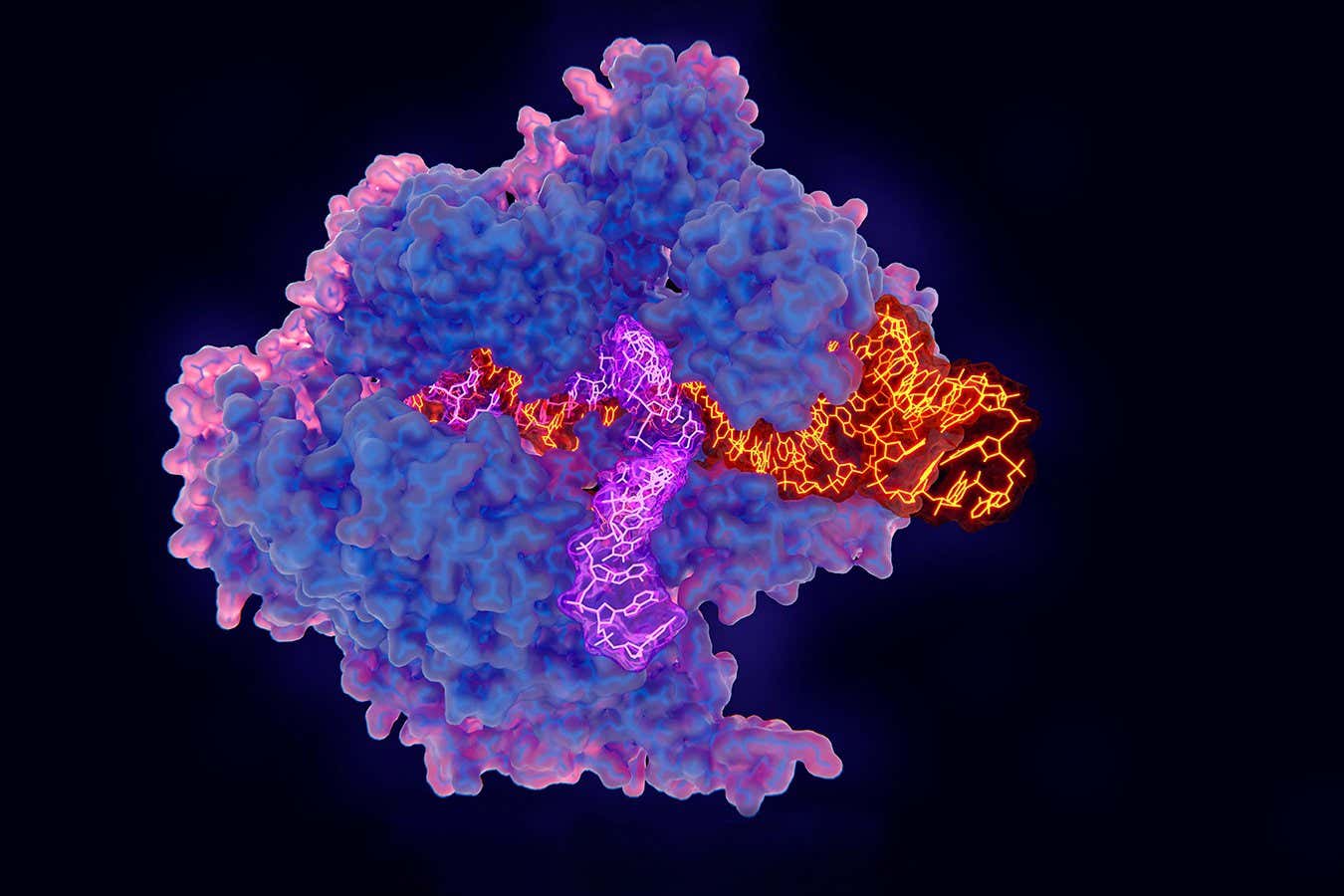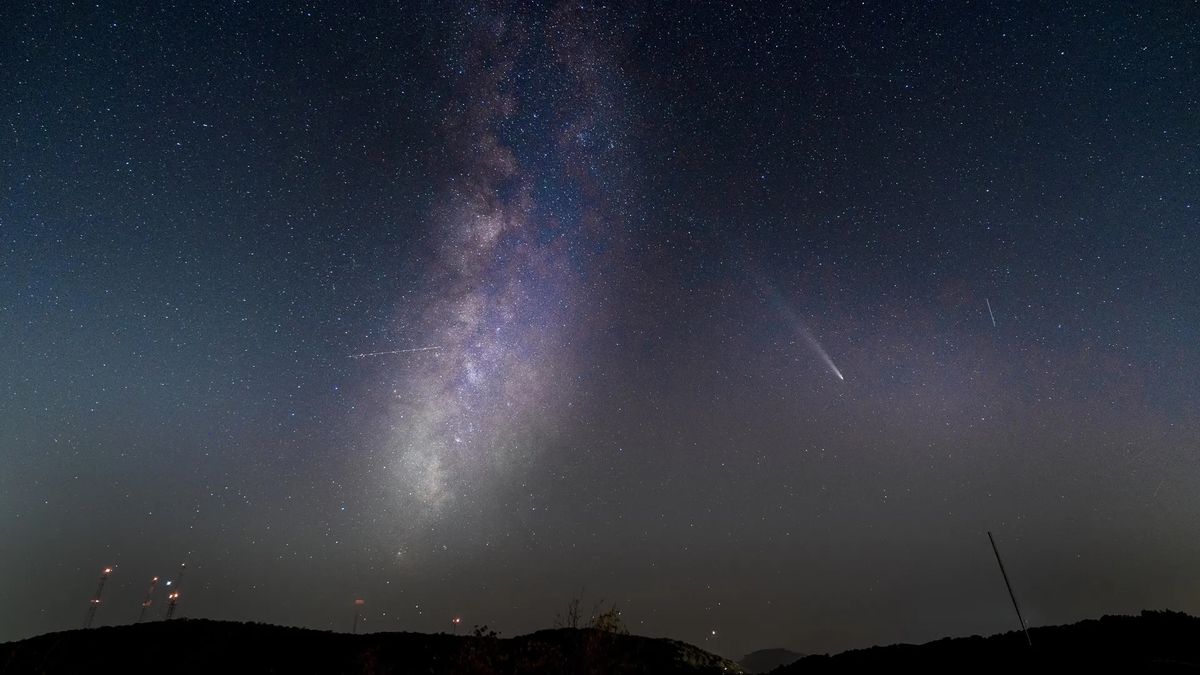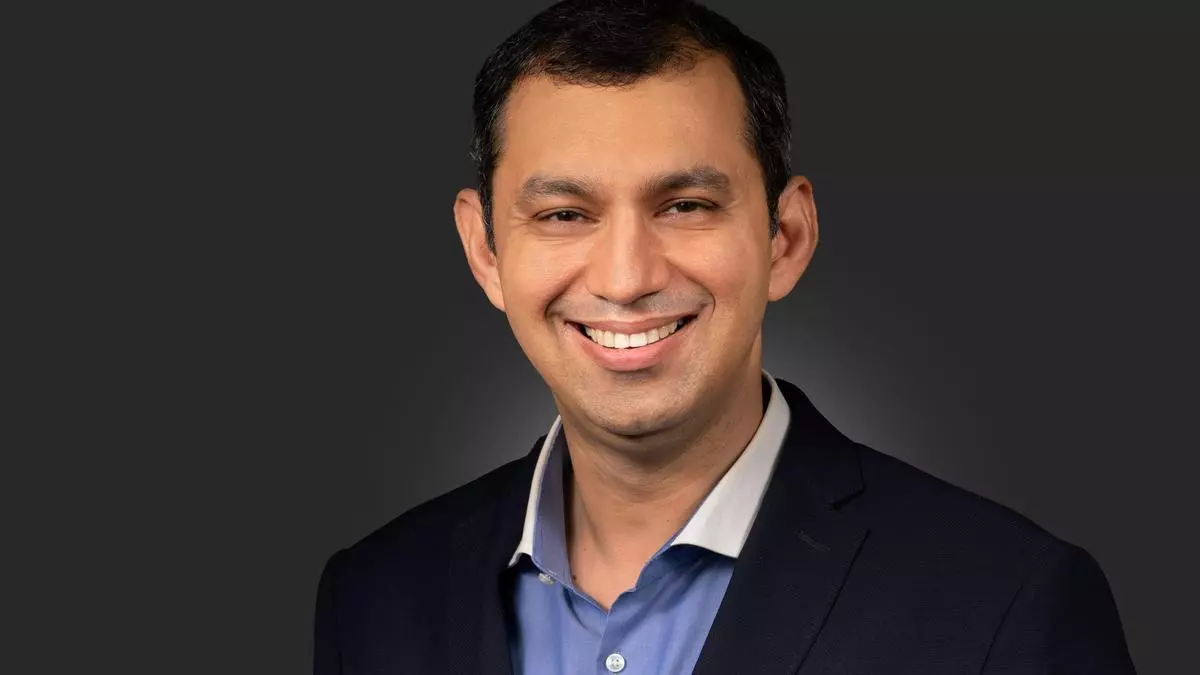
An ambitious 17-year-old named David Charles Hahn, from Michigan, USA, shocked the world in 1994 by constructing a nuclear reactor in his mother’s backyard shed. Hahn, later dubbed the Radioactive Boy Scout, demonstrated extraordinary ingenuity but also exposed the risks of unregulated access to scientific information. His homemade breeder reactor emitted dangerously high levels of radiation, raising global questions about safety, legality, and the boundaries of DIY science. Was this the work of a prodigious talent or a reckless experiment gone too far?
How a Teen Built a Nuclear Reactor
Hahn’s obsession with nuclear physics began at age 15, leading him to conduct increasingly ambitious experiments. His ultimate goal was to create a breeder reactor, a device capable of producing more fissile material than it consumes. Pretending to be a high school science teacher, Hahn contacted nuclear industry professionals, including Donald Erb, then-director of isotope production at the Nuclear Regulatory Commission (NRC). Erb unwittingly provided Hahn with crucial guidance, including:
- A list of isotopes capable of sustaining chain reactions.
- Advice on neutron production using beryllium.
- Pricing data and sources for acquiring radioactive materials.
Hahn obtained materials from household items, dismantling smoke detectors for americium, camping lantern mantles for thorium, and radium from clocks. These elements were assembled into a crude reactor core capable of initiating nuclear reactions.
“All I had to do was go out and get the materials,” Hahn later recounted, highlighting the ease with which he accessed components for his dangerous experiment.
Key Components of the Reactor
| Component | Source | Function |
|---|---|---|
| Americium | Smoke detectors | Neutron source for initiating reactions. |
| Thorium | Camping lantern mantles | Nuclear fuel for fission. |
| Radium | Clock paint | Supplementary radioactive material. |
| Beryllium | NRC-sourced advice | Boosts neutron production in chain reactions. |
The Fallout: Safety Risks and Legal Issues
Hahn’s reactor emitted radiation levels more than 1,000 times the safe limit, contaminating his backyard and exposing him to long-term health risks. The experiment was halted in August 1994, when police stopped Hahn for a minor offense and discovered radioactive materials in his vehicle. This discovery triggered a multi-agency response, including the FBI, EPA, and Department of Energy, which declared the site a Superfund project due to contamination.
Although Hahn faced no criminal charges, the incident highlighted gaps in regulatory frameworks, particularly around the accessibility of hazardous materials. The consequences of his exposure likely contributed to Hahn’s later struggles with mental health and his death in 2016 at the age of 39.
Divided Opinions in the Scientific Community
The scientific world remains polarized. Hahn’s work is celebrated by some as proof of youthful ingenuity and a testament to the transformative power of science. Others criticize his reckless disregard for safety, arguing that his experiment exemplifies the dangers of unsupervised innovation.
“Science without oversight is like fire in the wrong hands,” said Dr. Emily Richards, a nuclear safety expert. Her warning underscores the dual-edged nature of experimentation: inspiring but perilous.
Lessons for the Future: Fostering Safe Innovation
Hahn’s story underscores the urgent need for stronger safeguards around access to hazardous materials while supporting young talent in structured environments. Educational institutions and governments must strike a balance between encouraging creativity and ensuring public safety.
Encouraging Innovation Responsibly
To channel youthful curiosity constructively, programs could include:
- STEM mentorship initiatives: Providing resources and supervision for complex experiments.
- Regulated DIY competitions: Offering safe platforms for innovation.
David Hahn’s audacious experiment remains both an inspiration and a cautionary tale. It challenges society to consider how to nurture scientific brilliance without compromising safety. Will the lessons from Hahn’s radioactive journey shape the way we guide the next generation of innovators?
Got a reaction? Share your thoughts in the comments
Enjoyed this article? Subscribe to our free newsletter for engaging stories, exclusive content, and the latest news.









Leave a Comment